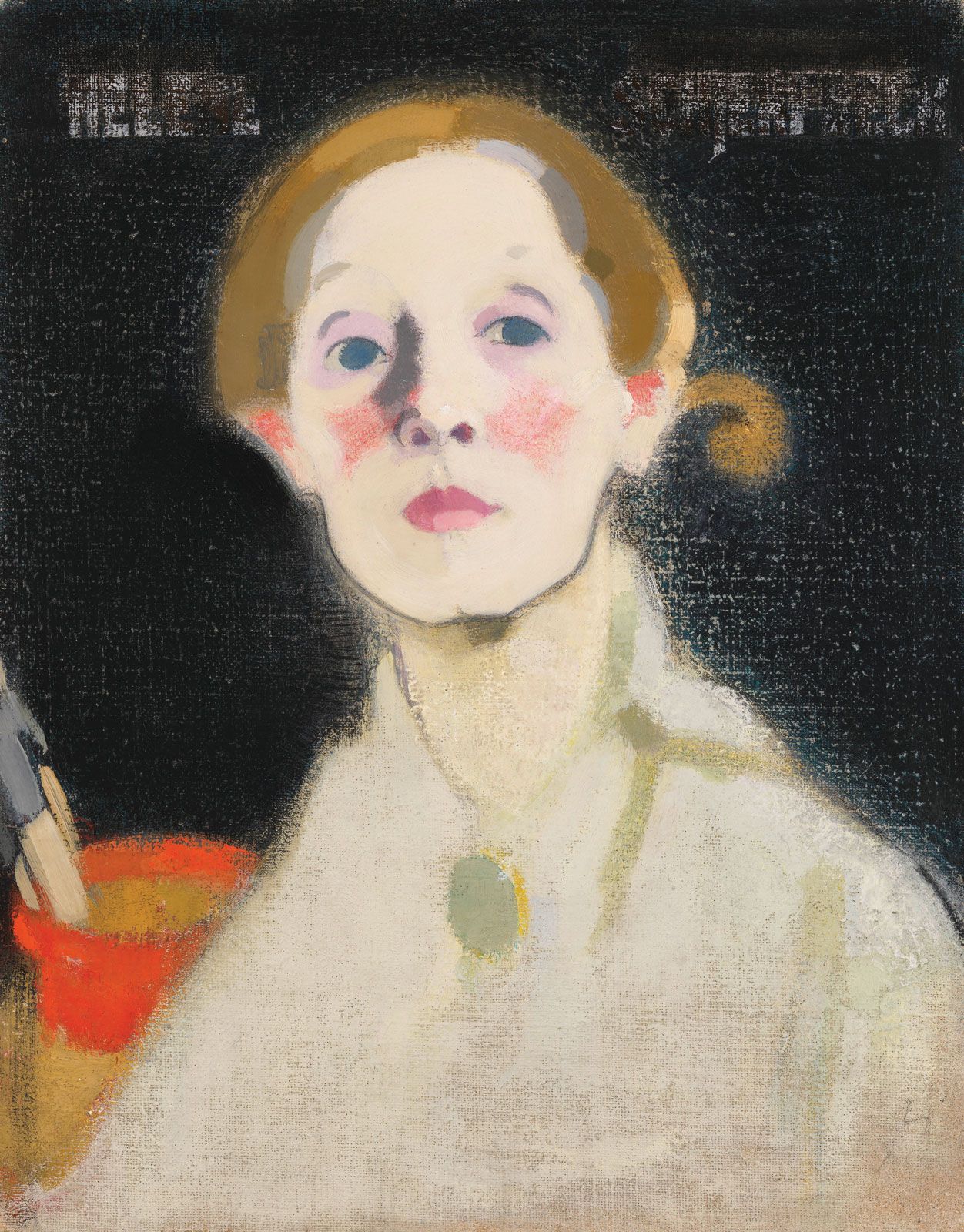

In 1962 he built a huge studio in Sache, France, near the home of friend Jean Davidson, in which he built his largest works. In 1960, Calder began designing tapestries to be crafted by weavers in the French villages of Aubusson and Felletin. He also continued creating smaller sculptures, jewelry, and set designs. With his family he traveled and worked during these years in France Beirut, Lebanon Amedabad, India London and New York. Among his many international commissions were those for the New York Port Authority (1957), UNESCO in Paris (1958) and, in 1969, the first public artwork funded by the National Endowment for the Arts. While these included some mobiles, his outdoor works were more often large-scale stabiles. Surrounded by his family and working in a large studio he built in Roxbury, Connecticut, from 1958 to the 1970s Calder created numerous, monumental public sculptures. In 1946, Paris' Galerie Louis Carre organized another important exhibition of Calder's work, for which Jean-Paul Sartre wrote a landmark catalog essay.

In 1943, Calder was honored as the youngest artist ever to have a retrospective exhibition at the art world's most prestigious venue, New York's Museum of Modern Art.
CONTOUR ARTISTS SERIES
He created Constellations, a series of airy three-dimensional stabiles of wire and carved wooden abstract shapes. He also continued making sculpture, primarily using wood instead of metal due to supply shortages. In 1939, The Museum of Modern Art commissioned Calder to create the large mobile Lobster Trap and Fish Tail.ĭuring World War II, Calder made many brightly colored gouache paintings. He held exhibitions and executed commissions across Europe, finally returning again to the U.S. Through the end of the 1930's he continued to stage performances of Calder's Circus. Concurrently, Calder began making sets and costumes for theatrical productions by dancer Martha Graham and composer Erik Satie, work that he continued throughout his career. The artist moved to Connecticut in 1933, where he sought space to create ever-larger hanging works and outdoor sculptures.

On one of his many transatlantic boat trips he met Louisa James, who he married in 1931. Calder moved frequently from studio to studio and between New York and Paris. He continued jewelry work throughout his career, primarily making necklaces, rings, brooches, and bracelets for friends. In 1929, Calder began producing jewelry with the same wire he used in his sculpture. In Paris, Calder met Joan Miró, who became an important influence and close friend. He became popular in the art world for his Calder's Circus performances during which he set in motion the many different characters and animals he had created. He also began using wire to produce linear portraits and figurative sculptures. Once there, he began making the moving toys and figures that would become Calder's Circus(1926-31). In 1926, after showing paintings at The Artists' Gallery in New York he moved to Paris. An assignment to illustrate acts at the Ringling Brothers and Barnum & Bailey Circus led to his interest in the circus. The next year he studied painting at the Arts Students League (1923-1926), with John Sloan and George Luks while working as an illustrator for the National Police Gazette. In 1922, he took evening drawing classes at the 42 nd Street New York Public School. After graduating from college, Calder tried many jobs: automotive engineer, draftsman and map-colorist, steam boat stoker, and hydraulics engineer among them.


 0 kommentar(er)
0 kommentar(er)
